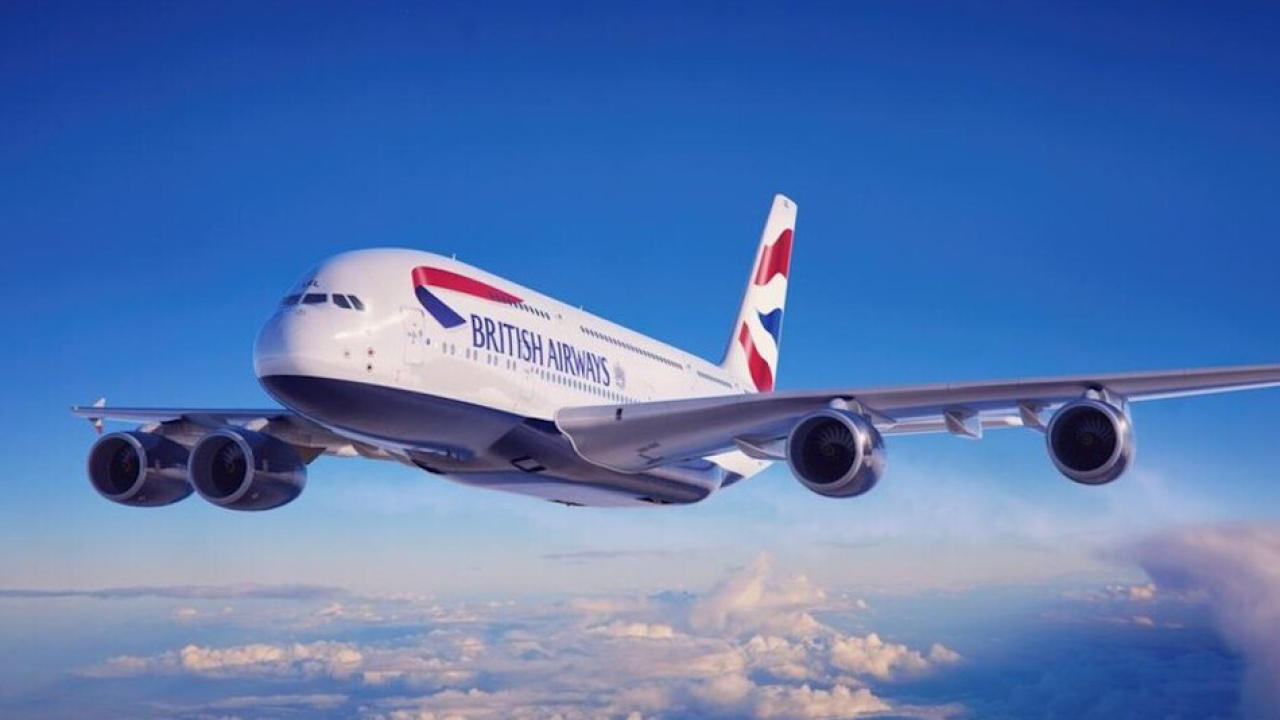IATA releases safety performance data of commercial airline industry

The all accident rate (measured in accidents per 1 million flights) was 1.61, an improvement from 1.79 in 2015.
The 2016 major jet accident rate (measured in hull losses per 1 million flights) was 0.39, which was the equivalent of one major accident for every 2.56 million flights. This was not as good as the rate of 0.32 achieved in 2015 and was also above the five-year rate (2011-2015) of 0.36.
There were 10 fatal accidents with 268 fatalities. This compares with an average of 13.4 fatal accidents and 371 fatalities per year in the previous five-year period (2011-2015).
The 2016 jet hull loss rate for IATA member airlines was 0.35 (one accident for every 2.86 million flights). While this outperformed the global hull loss rate, it was a step back from the 0.22 accidents per million flights achieved by IATA members in 2015.
“Last year some 3.8 billion travellers flew safely on 40.4 million flights. The number of total accidents, fatal accidents and fatalities all declined versus the five-year average, showing that aviation continues to become safer. We did take a step back on some key parameters from the exceptional performance of 2015; however, flying is still the safest form of long distance travel. And safety remains the top priority of all involved in aviation. The goal is for every flight to depart and arrive without incident. And every accident redoubles our efforts to achieve that,” said Alexandre de Juniac, IATA’s Director General and CEO.
The world turboprop hull loss rate improved to 1.15 hull losses per million flights in 2016 compared to 1.18 in 2015 and the five-year rate (2011-2015) of 2.84. All regions except the CIS saw their turboprop safety performance improve in 2016 when compared to their respective five-year rates:
IOSA
In 2016, the accident rate for IOSA members was nearly twice as good as for non-IOSA airlines (1.25 vs. 2.36) and it was more than three times better over the previous five years. IOSA has created a standard that is comparable on a world-wide basis, enabling and maximising joint use of audit reports. All IATA members are required to maintain their IOSA Registration. There are currently 413 Airlines on the Registry of which 144 are non-IATA Members: This is an additional testament to IOSA and its role. In 2017, IOSA will be strengthened and transformed into a digital programme.
Stay up to date
Subscribe to the free Times Aerospace newsletter and receive the latest content every week. We'll never share your email address.

